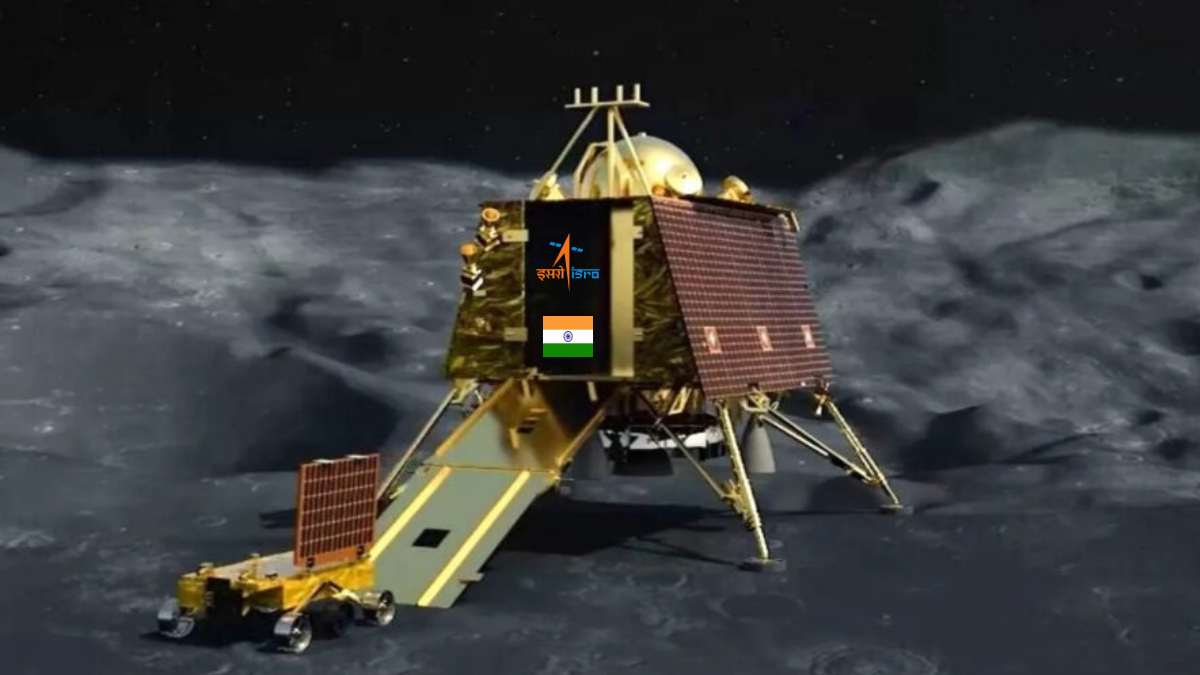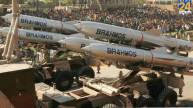Chandrayaan-3: India’s spirits will soar in celebration should the Chandrayaan-3 lander module successfully achieve its rendezvous with the Moon, touching down on the lunar surface at 6:04 am this Wednesday. However, the completion of this stage will mark only the halfway point for the Indian Space Research Organisation (ISRO).
Chandrayaan-3: Post-landing operations
The true endeavour for ISRO’s dedicated scientists will commence post-landing, as they immerse themselves in the intricacies of rover operations spanning a single lunar day equivalent to 14 Earth days. Their commitment will extend further as they dive into the analysis of a voluminous dataset flowing in from five scientific instruments that grace the lander (3 payloads) and rover (2 payloads).
Chandrayaan-3: A Passage for Pragyan Rover
Just after the landing on the moon, the Vikram lander will create a path for the Pragyan rover. The Pragyan rover has a six-wheel and is wrapped in the Tricolour and ISRO logo and will land on the moon’s surface after 4 hours at the speed of 1cm per second and use the camera for navigation and to scan the surroundings of the moon. When it will roll, the Pragyan rover leaves the imprints of the National flag and ISRO logo on the surface of the moon, marking the recognition of India on the moon’s surface.
Moon’s crust and mantle
The rover has an appliance with payloads that give data related to the lunar surface. It will collect the details of the elementary composition of the Moon’s surface, atmosphere and surroundings and then send data to Vikram Lander. With the three instruments, payloads Vikram Lander can measure the near-surface plasma, and density and measure seismicity of the lunar surface and its crust and mantle.
Lander’s action on Moon’s surroundings
The lander is solar-powered and it will take around two weeks’ time to study the details of the moon’s surroundings. The rover will send the send the details of moon to Vikram Lander and it directly communicates with Earth. ISRO says that the Chandrayaan-2 orbit can be used for communication. On Monday, the Chandrayaan-2 orbiter made a connection with the lander.
ISRO chairman S Somnath told the TOI, that distance travelled by the Pragyan during Earth days can’t be estimated now. because it is based o calculation.













